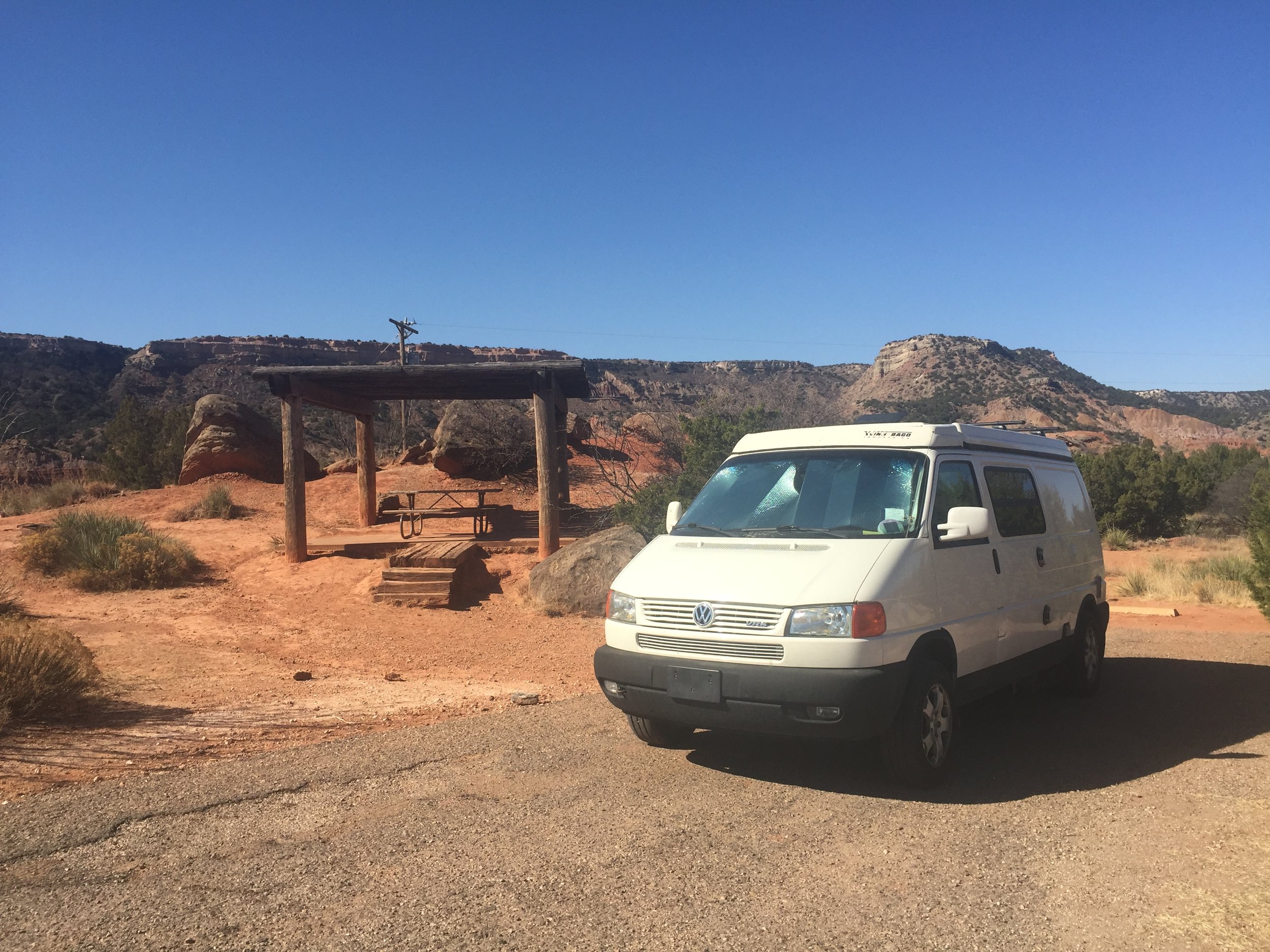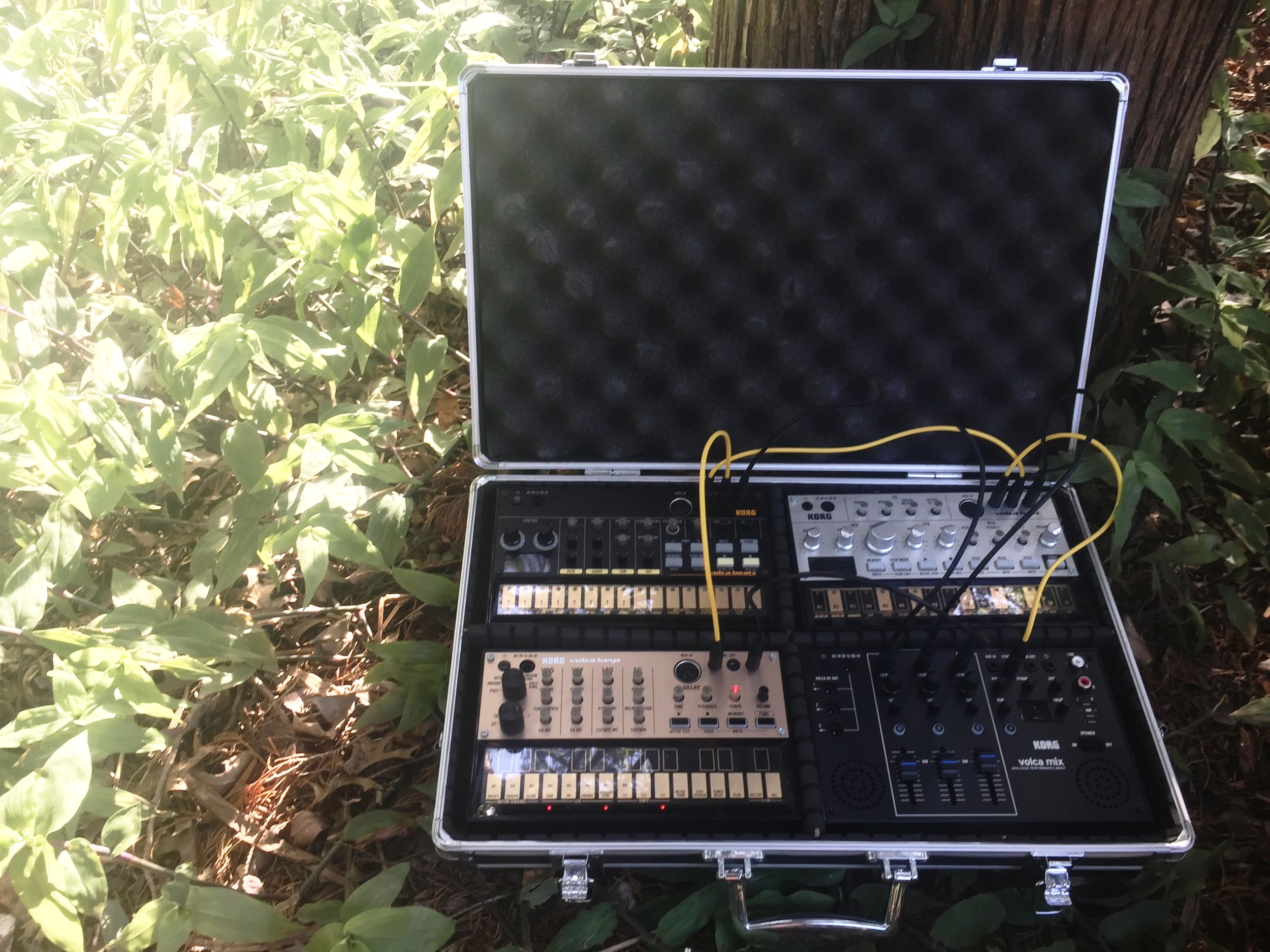The #Vanlife Mobile Studio
In Jules Verne's Twenty Thousand Leagues Under The Sea, the motto of the Nautilus was "Mobilis In Mobili", which is roughly translated from Latin as, "moving amidst mobility", "moving within the moving element", or "changing in the changes".
Pretty apt for the #vanlife thing, right?
After posting several adventures on Instagram, I received quite a few questions about the specifics of my mobile rig, so here's a full summary of the Galileo III production equipment—with links for those who are interested in more info on each item.
Field recording is covered by the Roland R-07, which is—by far—my favorite portable hi-res stereo recorder. The fact that I can use my Apple Watch or iPhone as a remote (placing the recorder on a table or closer to critters) is just icing on the cake. A full review of this unit can be found here.
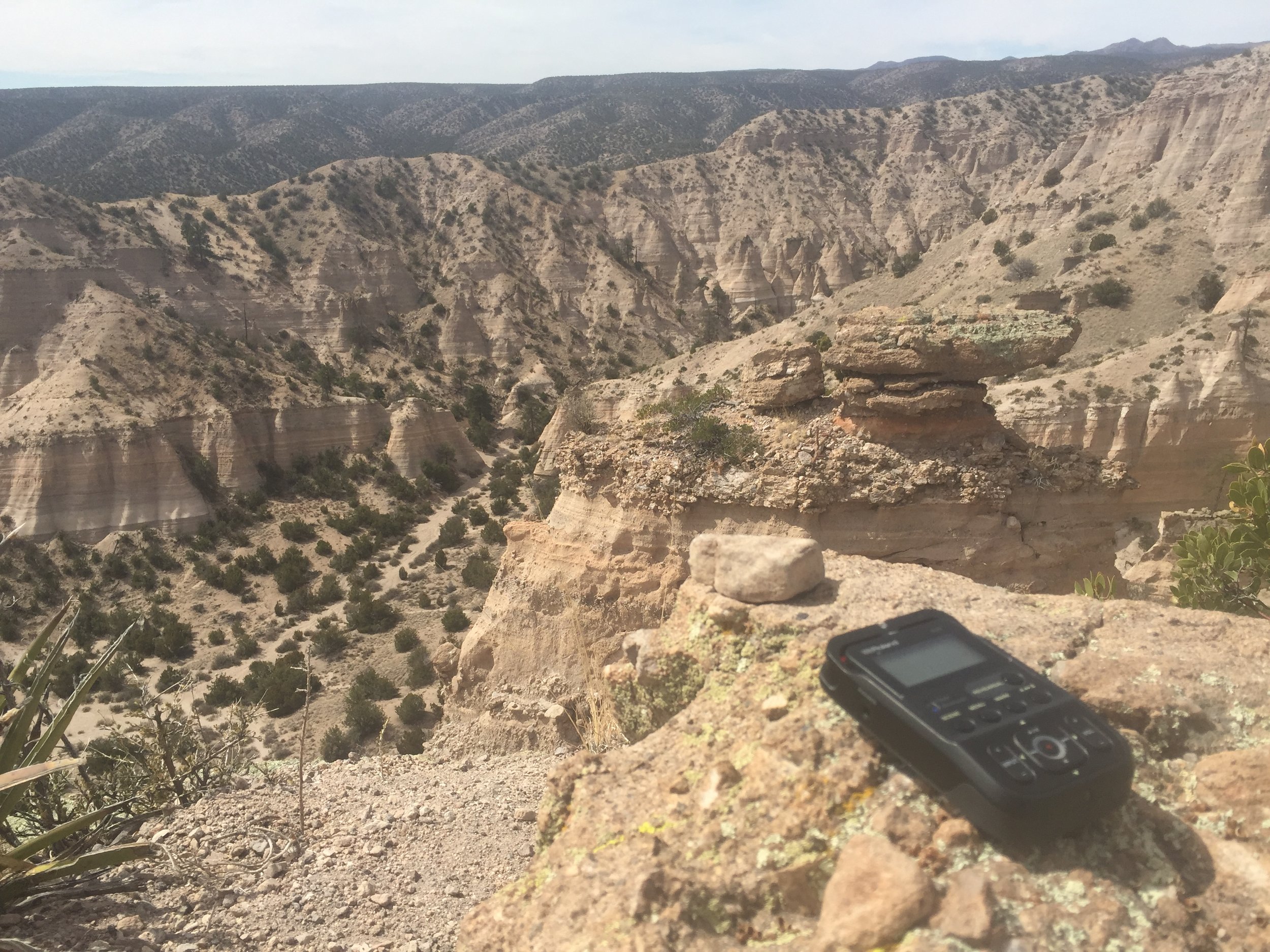
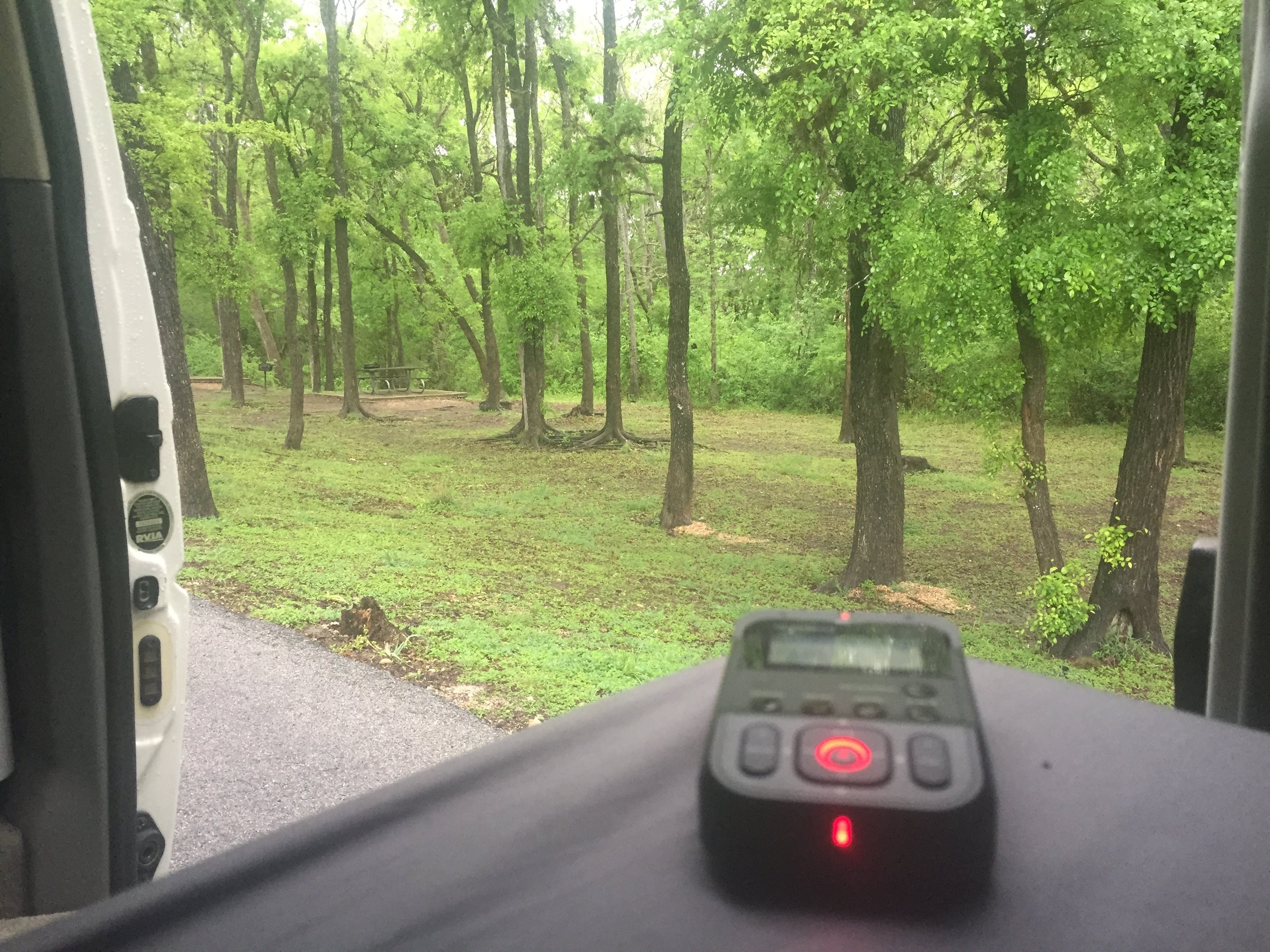
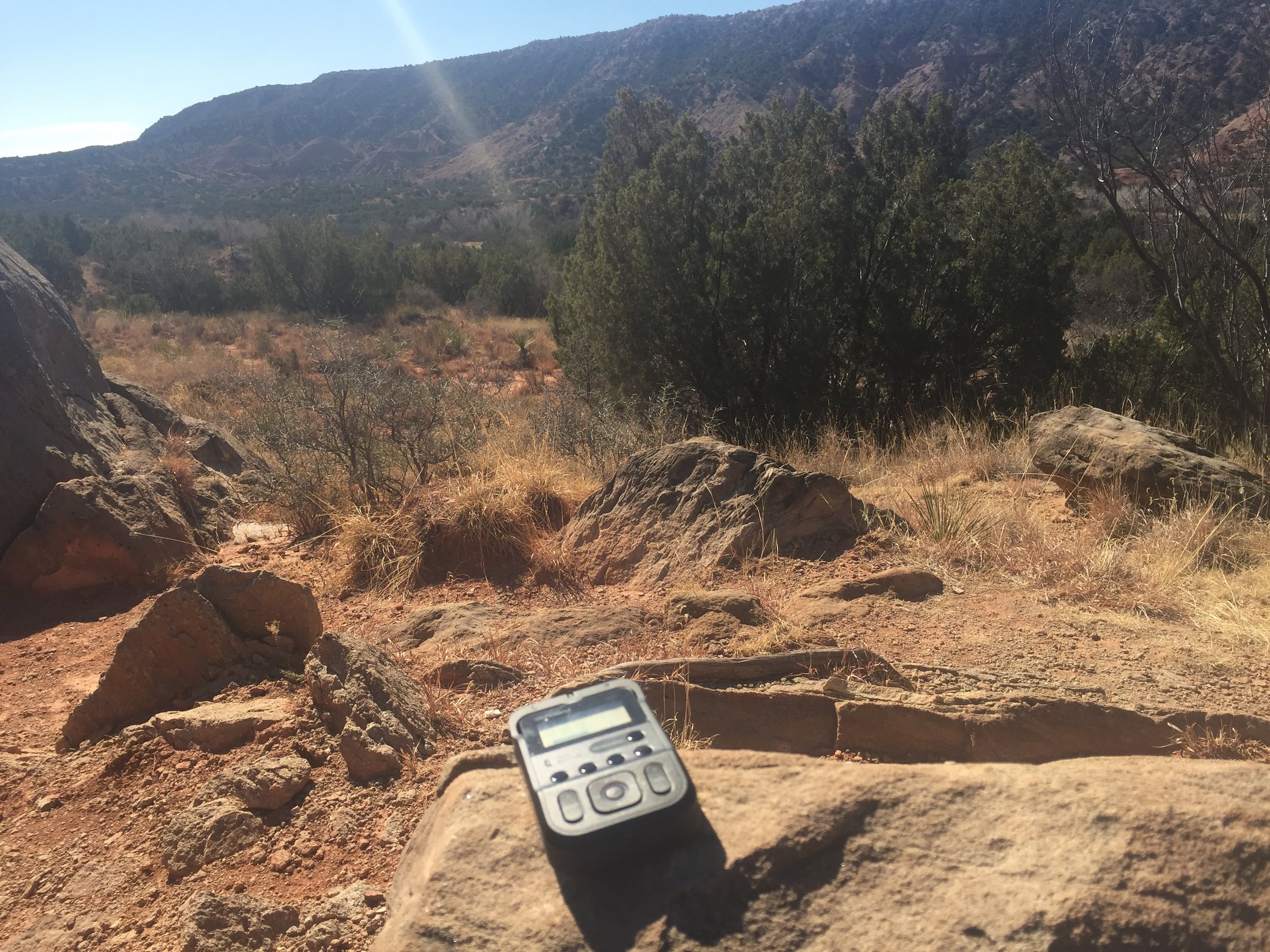
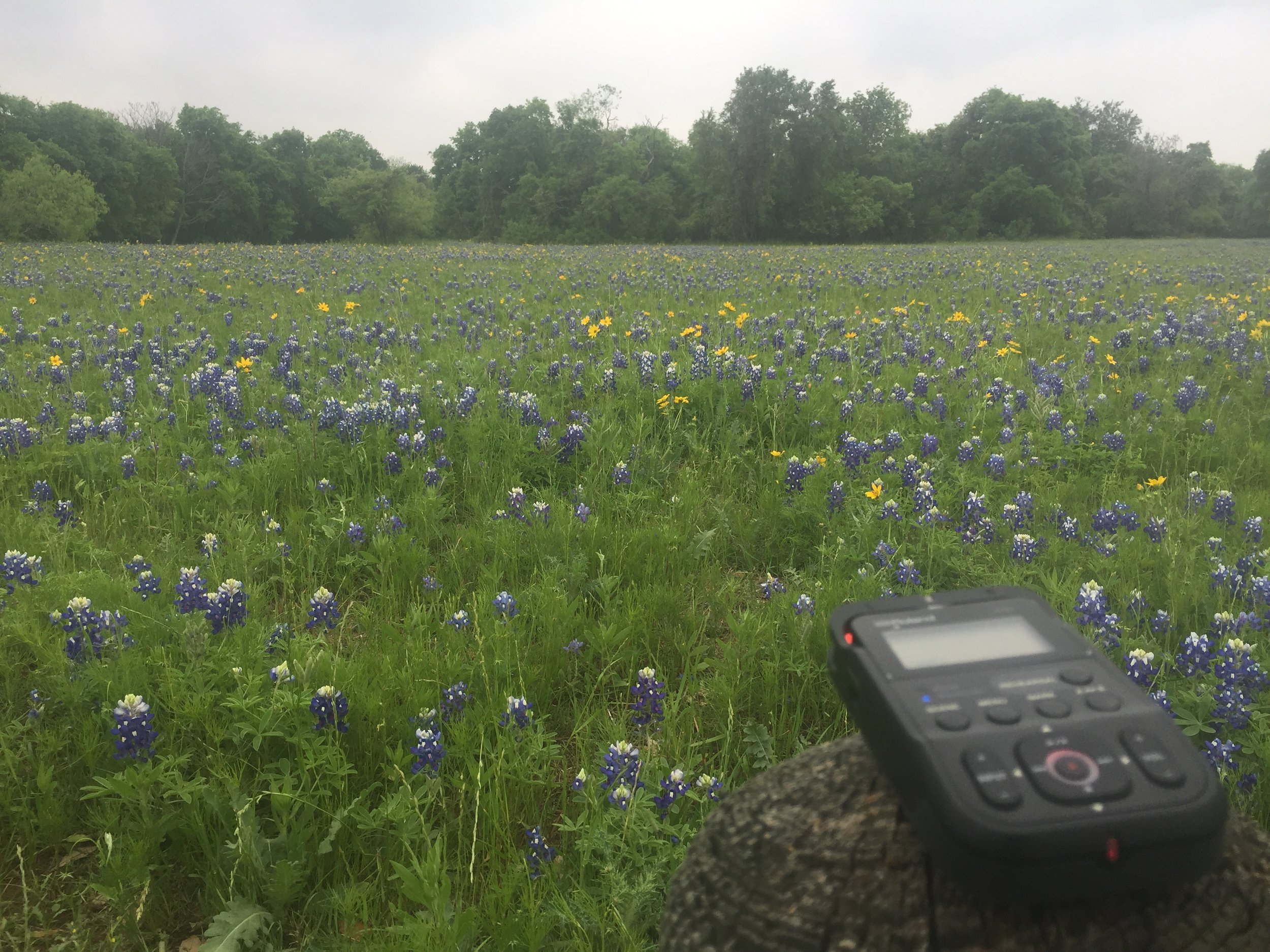

The iPad Air 2 with Logitech Type+ keyboard is loaded with every relevant iOS music app. That said, my main software tools for mobile composing and production are Korg Gadget and Kymatica AUM. Gadget is simply the most complete composition tool available for the iPad—and it also exports mix stems to Ableton Live. Better still, if you own the MacOS desktop version of Gadget, it will export complete projects to Live, with MIDI clips that use Gadget's bundled array of specialized VST and AU synths.
Korg Gadget, Doss Touch Speaker, Korg NanoKey Studio
AUM, on the other hand, serves as a comprehensive hub for mixing IAA, Audiobus, and AUv3 apps and effects plug-ins, with everything synced and also available wirelessly via Ableton Link. For example, with AUM I can combine Gadget and Fugue Machine, with Rozeta controlling synths like the amazing and totally free Synth One, then apply effects. Upon returning home, I can then export the results as a mix or stems for later use. It also has options for recording audio via my latest mobile interface, the CEntrance MixerFace R4.
CEntrance MixerFace R4 self-powered interface with Kymatica AUM (and my indestructible MDR-7506 headphones)
The MixerFace is wholly unique, as it's the first (and so far, only) mobile interface with an integrated rechargeable LiPo battery. This lets it do neat tricks like power 48V condenser mics with super clean pre-amps and an integrated headphone amp. It's also the only interface I own that supports AUM's 32-bit resolution, with 192kHz sampling rates. Admittedly, I don't multitrack with those settings because my current iPad crumbles under the stress of keeping up with that resolution, but it's nice to know it's there when I inevitably upgrade the rig.
Combined, those two apps make iOS a legitimate recording platform for general tasks and road compositions that I can finish later at my studio. For MIDI, Korg's NanoKey Studio adds keys, drum pads, and knobs for the iPad. It sends that performance data via Bluetooth and shockingly, latency has never been an issue. It always feels like magic...
For taking analog on the road, MeeBlip's incredibly practical BlipCase contains a set of four Korg Volcas: Volca Beats (drums), Volca Bass (three discrete analog oscillators), Volca Keys (3-voice analog paraphonic), and the Volca Mix for gluing the three units together and adding an input for the iPad or MixerFace. These form the core of my on-the-go performance rig, with the iPad running Moog's Animoog app for soloing. I got that idea after seeing Suzanne Ciani perform live with her Buchla 200e and Animoog at Ableton Loop 2016. The Volcas may not be a Buchla, but on the road, they're far more practical (and affordable).
Surprisingly, monitoring in the van isn't too tricky. In addition to my 20-year-old Sony MDR-7506 headphones (indestructible, affordable, and surprisingly flat), I use Vmoda Zn earbuds which sound fantastic and are quite sturdy. As for sound moving though air, I use the Doss Touch Bluetooth speaker, connected via cable to the iPad headphone output. It covers the basics and sounds full enough to compose bass lines. The Doss has an integrated SD card reader in addition to its analog jack, making it useful for reviewing field recordings from the R-07. I've even plugged the Volca rig into the Eurovan's stereo for additional referencing.
If I'm doing a preset project for desktop software I'll bring my laptop, but I generally prefer doing design work in the studio for optimal monitoring. The above rig has met my needs on every trip—and when I'm traveling light, it's just the iPad, NanoKey, R-07, Doss speaker, and Vmoda earbuds.
And if you've made it this far, follow the journey on Instagram.
